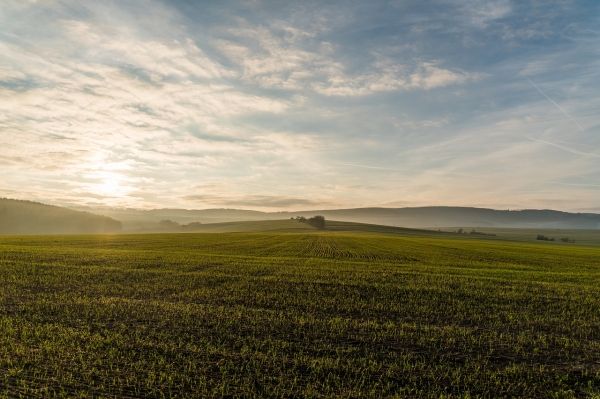Most scientists agree climate change has a profound impact on U.S. agricultural production. But estimates vary widely, making it hard to develop mitigation strategies. Two agricultural economists at the University of Illinois take a closer look at how choice of statistical methodology influences climate study results. They also propose a more accurate and place-specific approach to data analysis.
“If you pay attention to forecasts of how the climate will affect U.S. agriculture, the results are completely different. Some scientists predict it's going to have a positive impact for the nation in the long run, some report it's going to have a negative impact,” says study co-author Sandy Dall’Erba, professor in the Department of Agricultural and Consumer Economics (ACE) and director of the Center for Climate, Regional, Environmental and Trade Economics (CREATE) at U of I.
Dall’Erba and Chang Cai, doctoral student in ACE and the paper’s lead author, take stock of all the academic literature that estimates the impact of climate change on U.S. farmland values and revenues, focusing on every U.S. county. The county-level scale is not only more accurate, the researchers say, but also important for regional policy makers, because they can make county-specific decisions in areas where climate change is anticipated to pose a serious challenge.
Read more at University of Illinois College of Agricultural, Consumer and Environmental Sciences
Photo Credit: torstensimon via Pixabay


